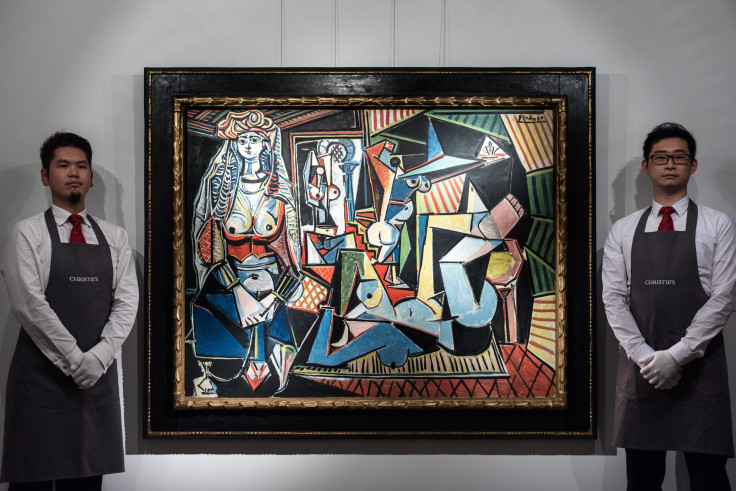How Blockchain Can Make Fine Art Accessible

When most people think of fine art, they probably summon images of museums displaying the works of great masters. And while it is true that many of the world’s most famous paintings are on public display at the Louvre or the Met, it may surprise many to realize that fine art is also a significant asset class for investing money for the ultra-wealthy. Fine art auctions generate over $65 billion annually. The majority of the items being bought and sold are destined to remain in the hands of private owners, cloistered away from public view. In fact, a large proportion of the world’s art is in storage; the clients of one advisor alone have over $300 million of it packaged away in crates around the world.
That art is valued more for its investment potential than its ability to turn hearts may seem depressing, but it is a fact. Art is an asset class just like stocks, bonds, or precious metals. But unlike these other goods, art investment remains inaccessible to all but the world’s very wealthiest people. Even a family with a net worth of $30 million would not be keen to shell out half that amount for a Warhol. In practice, the extreme value of great art excludes almost everyone in the world from the benefits it offers as an investment.
But it does not have to be this way. As in so many other spheres of life, technology can help democratize the space. Think about it: if a $50 million painting is sitting in storage in a warehouse in Hong Kong, what reason is there that it should not be owned by many investors collectively? If no one is admiring it as it hangs in their entryway, or indeed even physically possessing it, surely ownership of a work can be divided into shares, just like ownership of a company.
Such fractional ownership would obviously greatly lower barriers to entry in the fine art investment space. If it becomes possible to buy 1/1000th of a Picasso, at a cost of $20,000 instead of $20 million, many more people will be able to enter the marketplace. Vastly more participants will have the opportunity to enjoy the benefits of the asset class, and increased investment activity would ensure the value of artwork continues to rise. This democratisation of fine art would therefore inspire a virtuous cycle of growth.
So, practically speaking, how can this be achieved? The blockchain offers a way. With blockchain technology, it is possible to “tokenize” a work or part of a work of art and easily track ownership of each token. "Tokenizing" divides the artwork into a set number of “tokens” that represent a small piece of the whole, and are priced accordingly. Smart contracts are programmed to operate under an agreed set of conditions, which can be tailored for each specific instance. For example, they could be programmed to give a 51% owner “drag” rights over the minority holders in the case of a sale of the entire artwork. In this framework, each buyer has a provable, digital certificate of ownership written to the blockchain.
I am happy to say that this shift is already underway. A number of growing technology businesses — including my own — are building the tools for collective, democratized art ownership. The fine art space is infinitely fascinating and offers compelling financial upsides. The day will soon come when it is accessible to ordinary people.
Marcelo Garcia Casil is the Founder and CEO of Maecenas, a platform for tokenising and trading fine art.
© Copyright IBTimes 2025. All rights reserved.





















